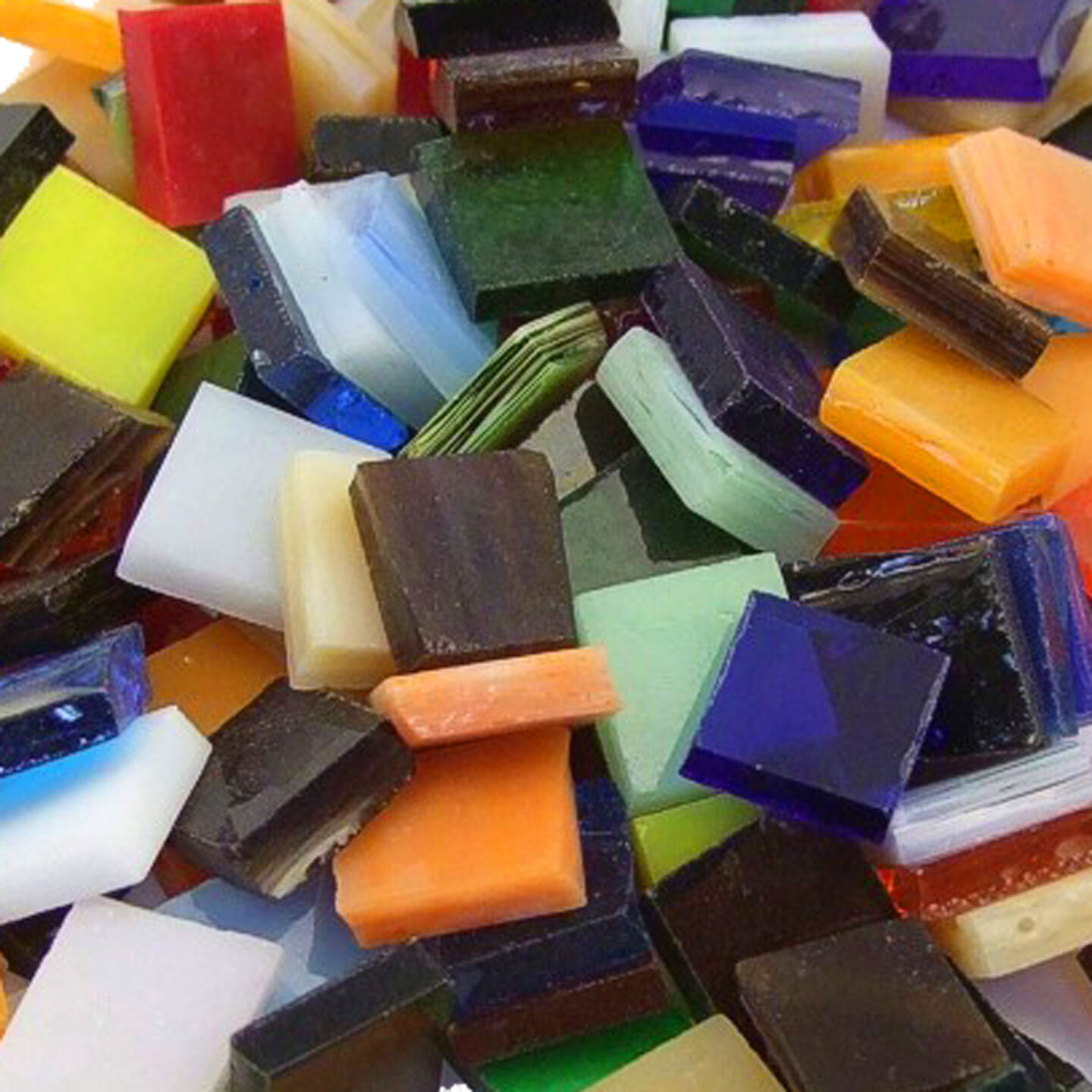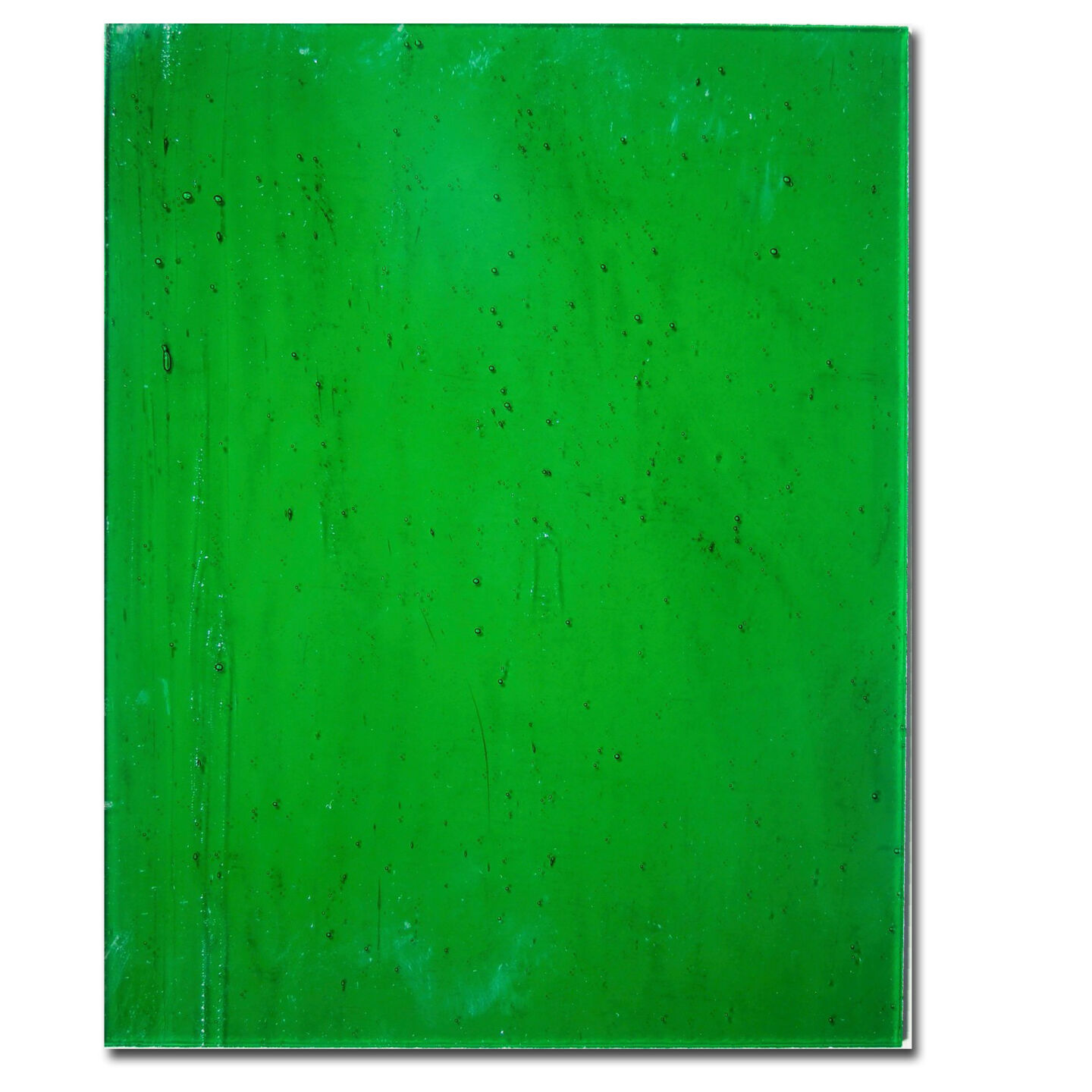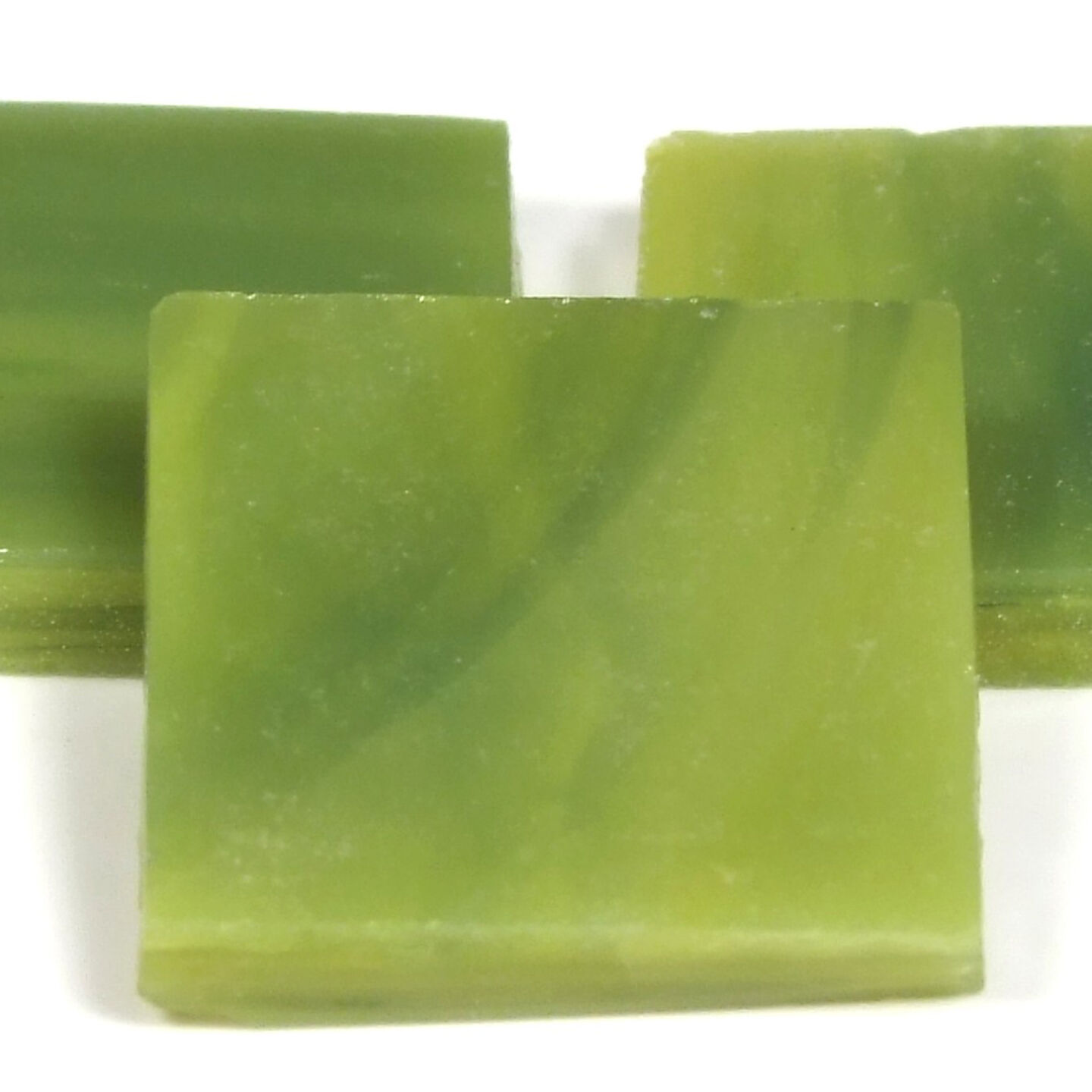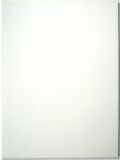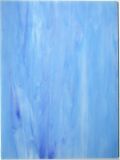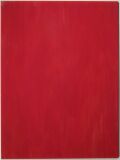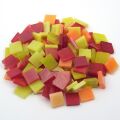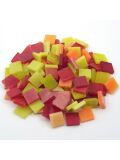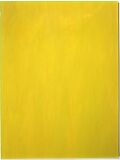Tiffany glass tiles
Original Tiffany Glass Tiles
Glass tiles were probably the first items Louis Comfort Tiffany ever designed, these date back to 1878, the year Louis Tiffany founded his first company, Louis C. Tiffany & Co. Associated Artists, an interior design company. At the same time, mass production of tiles began at the Heidt Glassworks in Brooklyn, New York. Later, when Louis Tiffany established his own glassworks in Corona, New York in 1892, tile production was moved there.
A large number of tiles were used for decoration in the rooms designed by Tiffany, but many were also sold on the open market but a surprisingly large number of unsold tiles existed until the 1950s. In 1957, for example, furniture designer Edward Wormley found enough unused tiles to put into a complete set of tables he designed for the Dunbar Furniture Company.
The original tiles were made in two sizes at the time: 3 square and 4 inch square. The first tiles were made in the 3 inch size and were in solid, iridescent colours or iridescent swirls. Later tiles, especially in the 4 inch size, had iridescent shiny surfaces like Tiffany's art glass today.
Tiffany Glass
Tinkering with glass is a popular hobby: create your own works of art and design very special unique pieces. After all, who wants what everyone else has.
Tiffany glass is the welcome companion. For all those who love something special. Because you don't need much. On the one hand, of course, the material, but above all creativity and fun with handicrafts.
When we think of Tiffany glass, most people think of soldering pieces of glass together and of works of art such as Tiffany window pictures or Tiffany lamps. But this unusual glass can do much more.
A name with tradition
Today, Tiffany Glass is especially known for the extraordinary glass shades of the Tiffany lamps.
The glass art has a famous namesake. Louis Comfort Tiffany, who was born in New York in the 19th century and whose most unforgettable works still stand today. His playful glass creations with floral motifs are among the most beautiful art nouveau works of art made of glass. Flat glasses for mosaics and windows still decorate the Tiffany Chapel in New York Cathedral today. His technique of enclosing pieces of glass in copper foil and then joining them together made his glass art world famous. Because of his invention, we speak of the Tiffany glass art technique. Even today, these are beautiful old works of art that are a highlight in any room.
The world of colours
Tiffany glass is characterised by brilliant colours. Ideal therefore for colourful works of art, because different forms of coloured glass can be creatively combined. By the way, the colour of Tiffany glass comes from the addition of metallic salts during the manufacturing process. Because of this colour brilliance, Tiffany glass can be found on church windows, in large mosaics, as well as on decorative items and lamps.
Which shape and colour you choose is a matter of personal taste. The stones often differ in texture, colour and transparency. While one hobbyist likes to use the same colours in a work of art, another likes to combine different colours or types of glass. The possible combinations are innumerable.
Especially backlit art pieces such as tea lights, lanterns, but also vases can be ideally made of Tiffany glass, the luminosity is impressive.
For professionals and real artists
Creating works of art from Tiffany glass requires some skill, but the result speaks for itself. Because it can also be used to create wonderful mosaics. Basically, you can decorate almost anything with this technique. It starts with large objects like garden furniture and ends with small things like flower pots. An old table immediately becomes an eye-catcher in the home or even outside and is absolutely unique.
There are countless possibilities for a successful mosaic. Lay simple patterns, place stones individually or mix them up. Tins, caskets, flower pots. There are no limits to creativity.
It is also popular for window decoration. Because of their transparency and ability to catch the light, they are also used for so-called sun catchers.
The glass stones are artistically put together for this purpose, whether abstractly, to form a picture or simply completely at will according to one's own taste. The resulting light effects will enchant your home in an instant. When the sun's rays touch the glass stones, the stones shimmer and form points of light in the home. Sun catchers create an atmosphere full of harmony and bring light and joy into every room.
But beginners are also welcome
If you want to try your hand at glass art as a beginner, Tiffany Glass is the place to be. The beauty of Tiffany glass is its versatility. There are a large number of ways to use it in crafting.
Beginners can try their hand at a simple picture to hang in the window, for example. Light and sun reflect in the glass and create great effects. For smooth surfaces such as picture frames, trays or the lids of cans, small stones are simply glued close together to create a pattern or pictorial representation.
So, as you can imagine, it takes some patience to create a picture yourself. A certain amount of dexterity does not hurt, though. Tiffany glass is especially fun for children. The bright colours and different facets invite them to dream. Even at a young age, children can use the stones to frame great picture frames or mirrors. Stones on a lantern break the light and conjure up great effects on the table and surroundings.
And children who find glass alone boring can creatively paint and glue on the stones. Small flowers, dots or little faces immediately put them in a good mood. A little secret tip with paper: glue transparent Tiffany glass stones onto a piece of coloured paper. The glass creates extraordinary optical effects.
Here are all the tile variants in this category once again:
-
